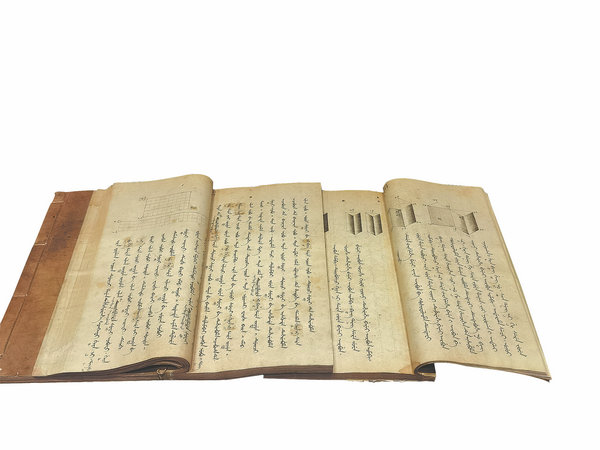

A gilt copper goniometer, a telescope and a case to hold measuring tools together paint the image of Kangxi as an engaged student of science. The emperor categorized imported scientific gadgets as ceremonial royal paraphernalia to attest to their importance.
He even ordered his own royal workshop to produce duplicates, including that of a mechanical calculator based on the model developed by French mathematician, Blaise Pascal.
"The mathematicians accompanied Kangxi on a daily basis, showing his recognition of the scientific knowledge and humanistic literacy of the French teachers," says Marie-Laure de Rochebrune, a researcher at Versailles and chief French curator of the exhibition.
If the idea of Emperor Kangxi as a devoted and enthusiastic student of Western science is not eyebrow-raising enough, a portrait of his son, Emperor Yongzheng, certainly is.
A portrait of the young emperor, best known for his diligence and devotion in handling national affairs, wearing a powdered wig and Western clothing and looking as if he is on his way to attend a ball, is sure to amuse visitors.
"It shows his interest in European fashion," Guo says. "Despite appearances, he was a maverick at heart."